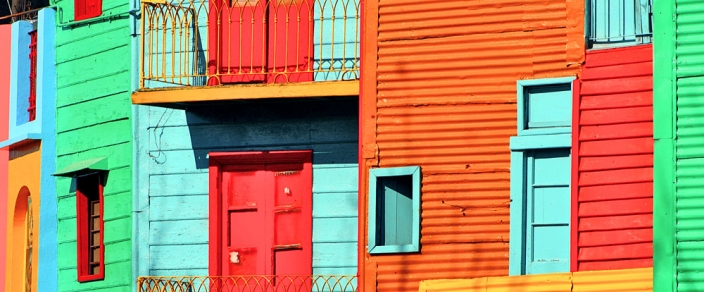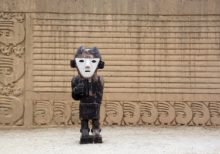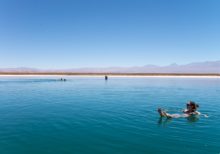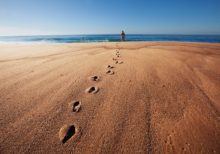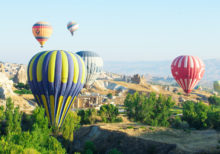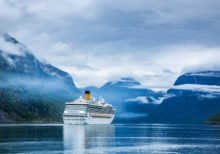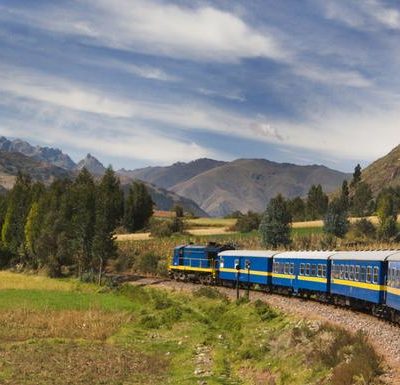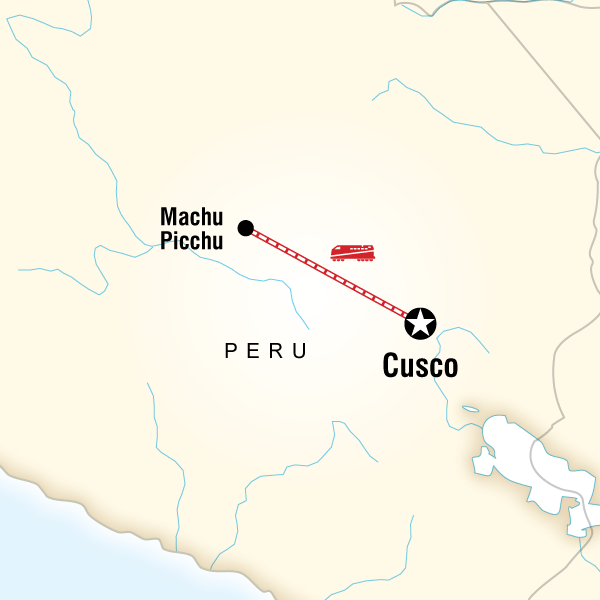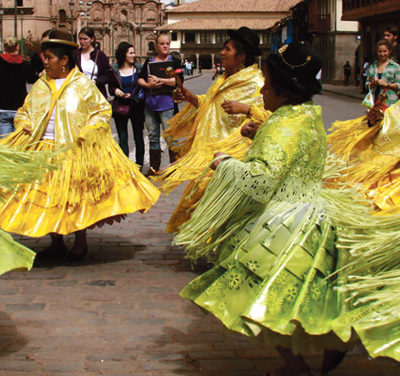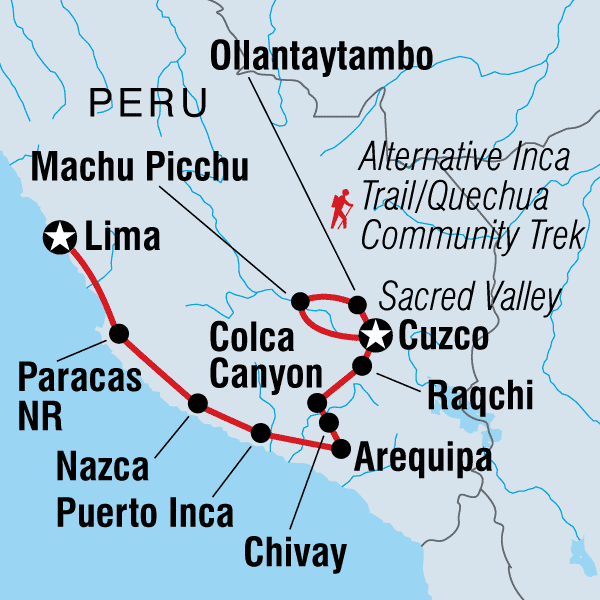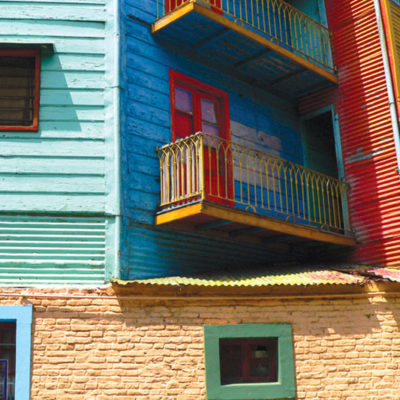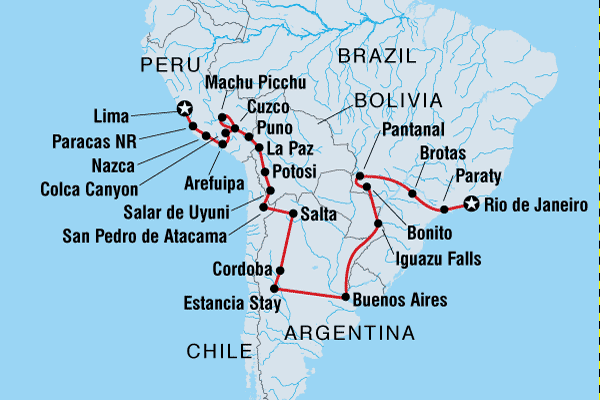| Starts | Lima, Lima, Peru, Peru |
|---|---|
| Ends | Buenos Aires, Distrito Federal, Argentina, Argentina |
| Region | South America & Central America |
| Duration | 21 days |
| Tour Operator | Peregrine |
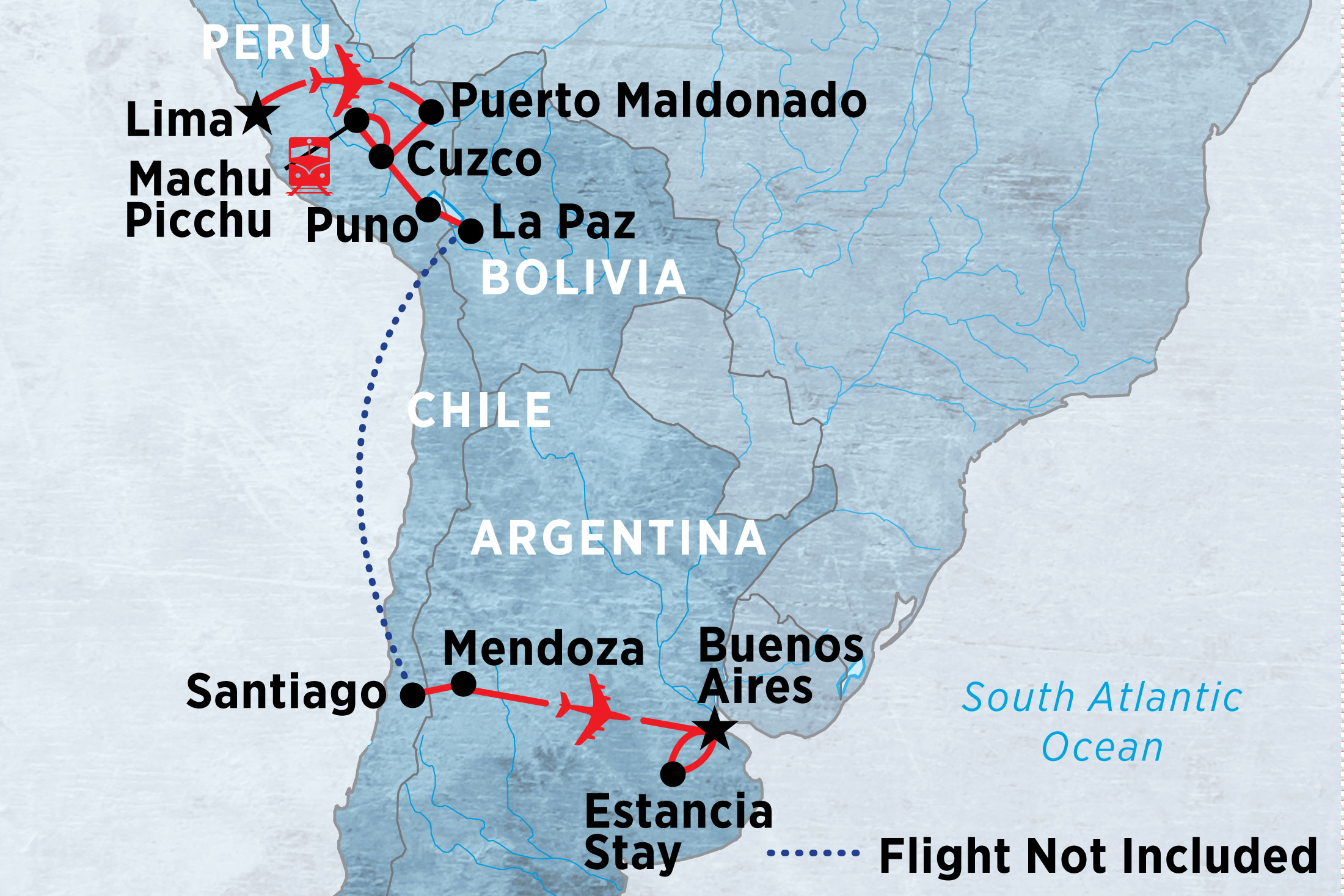
Itinerary
Day 1 - Starting: Lima & Finishing: Lima
Welcome to Peru. On arrival at Lima's Jorge Chavez International Airport, you'll be transferred to your hotel in the well-known coastal suburb of Miraflores. In the afternoon around 2 pm, there will be a welcome briefing at the hotel with your leader. Please look for a note in the hotel lobby or ask reception where it will take place. We'll be collecting insurance details and next of kin information at this meeting, so ensure you bring these details. If you're going to be late, please inform hotel reception. Later in the day your leader will take you on a walking tour through the historic centre of downtown Lima, taking in the plazas filled with churches whose baroque facades evoke the days of Spanish colonial rule. Pass the huge Government Palace and the Archbishop’s Palace, and visit the San Francisco Monastery, going down to its catacombs containing some 70,000 human remains. Continue onto the Central market where you will tour the aisles, packed with fruits, vegetables and even Guinea pigs. Here you will have the opportunity to try some local Peruvian fruits and street food. After visiting nearby Chinatown, the walking tour will finish in Lima main square, with the option to go for an included dinner in Down Town or back to Miraflores. In your spare time you might enjoy wandering around Miraflores, visiting Parque del Amor (Love's Park) where you can enjoy a view across Lima's beaches, or dropping in to one of the fascinating museums.
Day 2 - Starting: Puerto Maldonado (Amazon Jungle) & Finishing: Puerto Maldonado (Amazon Jungle)
Fly from Lima to Puerto Maldonado today (approximately 2 hours). Upon arrival, the lodge staff will take you to their office in town where you'll leave the majority of your luggage in safe storage. You'll continue travelling with a small pack with only the necessary items for your next two nights in the jungle. Shortly afterwards, leave civilisation behind and venture deep into the Amazon rainforest by motorised canoe, up river to your jungle lodge in the Madre de Dios region. Posada Amazonas is a rainforest lodge that's just a 45-minute boat ride from Puerto Maldonado. The lodge is owned by the indigenous Ese-Eja community of Infierno, and offers a 30-metre canopy tower that provides spectacular views of the vast expanses of forest, Tambopata River and endless opportunities to witness Amazonian wildlife. The lodge is eco-friendly and combines low-impact architecture with traditional native style. Rooms are simple, but comfortable with flush toilets (en suite), showers (cold water only). Use your evening for relaxing and getting to know the local community. Notes: Numerous kerosene lamps and candles provide lighting. Electricity and internet are only available in the common areas of the lodge.
Day 3 - Starting: Puerto Maldonado (Amazon Jungle) & Finishing: Puerto Maldonado (Amazon Jungle)
This morning, head into the beating heart of the Amazon jungle with your local, multilingual guides, encountering magnificent fauna and flora in their natural habitat. Spot monkeys leaping through the trees, see multi-coloured macaws gather at a clay lick, see thousands of swirling butterflies, and keep an eye out for a family of otters. The guides can also teach you about the medicinal properties and practical uses of the plants. After your hike finishes in the afternoon, it’s time to get back in the canoe and return to Puerto Maldonado. You're then free to sit back and relax in the comfort of your lodge.
Day 4 - Starting: Cuzco & Finishing: Cuzco
Today you will travel back to Puerto Maldonado before taking a short flight to Cuzco. Acclimatise to the altitude and wealth of sights with a couple of days to explore here. This is a city steeped in history, tradition and legend and is a perfect base for exploring the Inca world or enjoying a range of outdoor activities. Your leader will take you on a walking tour through the World Heritage-listed streets of the continent's oldest continuously inhabited city, where colonial buildings sit on Inca foundations and you can feel the energy and history of past generations. The tour will include a visit to the Coca Museum - where you can learn about the infamous plant that has been an essential part of life for centuries in the Andes - and the local San Pedro market. There's also the opportunity to visit a cathedral that was built atop an Incan palace and presides over the Plaza de Armas, the city's cultural heart. It houses an impressive collection of art, and boasts a silver-coloured Neoclassical altar. Notes: Altitude sickness - Parts of your trip go above 2,800 metres, where it is common for travellers to experience some adverse health effects due to the altitude - regardless of your age, gender and fitness. Before your trip: Some pre-existing medical conditions are known to severely worsen at high altitude and be difficult to adequately treat on the ground, leading to more serious consequences. It is imperative that you discuss your pre-existing medical condition/s with your doctor. We understand certain medications are reported to aid acclimatising to high altitude. Please discuss these options with your doctor. During your trip: While our leaders have basic first aid training and are aware of the closest medical facilities, it is very important that you are aware of the cause and effects of travelling at altitude, monitor your health and seek assistance accordingly. Please read the following document carefully and, during your trip, utilise the table on the back daily to record your own perspective of your general health and any symptoms you may experience: For more information please see http://www.peregrineadventures.com/sites/default/files/peregrine_altitude-sickness.pdf
Day 5 - Starting: Cuzco & Finishing: Cuzco
If you are interested in visiting the many museums of Cuzco please be aware that you have the Boleto Turistico (Tourism Ticket) included, just ask your tour leader about this. This will also cover surrounding archaeological sites, for example Q'enqo, Pica Pakara, Pisac and Ollantaytambo. For art and history, the Contemporary Art Museum, Regional History Museum and Qosqo Native Art Museum can only be accessed with the Boleto Turistico. For lunch or mid-morning coffee and cake, head to Yanapay restaurant at 415 Ruinas St. This restaurant uses all its profits to support children in Cuzco through Aldea Yanapay and its social projects.
Day 6 - Starting: Sacred Valley (Ollantaytambo) & Finishing: Sacred Valley (Ollantaytambo)
Travel by private bus for around two hours through the Sacred Valley, on the outskirts of Cuzco. Known as Wilcamayo by the Incas, this valley was greatly treasured because of its climate, fertile land and the presence of the Urubamba (Sacred) River. Long the main source of food for the high Andes, maize crops can be seen surrounding the river and covering the terraces carved high into the valley walls. At the Sacred Valley you will visit the fortress of Sacsayhuaman where massive stone blocks that form the walls of this site give you an impressive picture of how greatly developed Inca engineering was. Looking over the city from its hilltop position, the fortress is the ultimate example of the Inca's military strength. En route to Ollantaytambo you will visit a local community to gain a greater insight into the local lifestyle. Ollantaytambo was built over an ancient Inca town, the ruins of the royal estate of Emperor Pachacuti. This is one of the few places where the Incas defeated the Spanish. It's a magnificent example of Inca urban planning and the perfect warm up for Machu Picchu. Ollantaytambo's archaeological site is located to the east of the Plaza de Armas. The upper terraces of this site offer great photo opportunities of the squared grid town below. Today you’ll see lots of evidence of the Incas' engineering skills - in the ruins of ancient aqueducts, irrigation canals, dams on the Urubamba River, imposing sets of terraces and centres of worship dedicated to Pachamama (Mother Earth).
Day 7 - Starting: Aguas Calientes & Finishing: Aguas Calientes
Nestled in the cloud forest at the foot of Machu Picchu, your destination today is Aguas Calientas. Travel by train for around 90 minutes through the winding Urubamba Valley to reach the town, where you can spend some free time in the afternoon exploring. Take a wander, try the local food, relax in the comfort of your hotel or discover the natural hot springs after which the town was named.
Day 8 - Starting: Machu Picchu- Cuzco & Finishing: Machu Picchu- Cuzco
Today you will get up very early to witness the beauty of Machu Picchu in the early morning light. At 5.30 am, take a bus along the winding road for around 30 minutes to Machu Picchu where you will be joined by a guide who will take you through the ruins and tell you stories of its history and the ancestral people of the region. Looking at Machu Picchu for the first time, as it sits against a backdrop of forested mountains, is a truly breathtaking experience. No matter how many photos you've seen, it is hard to prepare for its awesome beauty. The true purpose behind Machu Picchu may always be a mystery, since no historical records of the complex exist. In fact, none were made in the first place, since the Incas had no written language. Some historians have argued it was a place of spiritual worship; others, a military stronghold, and some even think it was a prison. Most archaeologists, however, believe it to be the 15th-century headquarters of ‘he who shook the earth’, Emperor Pachacuti. You will have a guided visit (approximately 1.5-2 hours) with plenty of free time to explore the extraordinary architecture of the many temples, palaces and living quarters, where the mortar-free design is particularly earthquake resistant and the stones are so precisely cut that to this day not even a knife fits between them. After taking advantage of the seemingly endless photo opportunities, it's time to return to Cuzco for a well-deserved shower and a pisco sour. Notes: Due to Peregrine's internal safety policy, our leaders are specifically prohibited from recommending or assisting with booking trips to the mountaintop ruins of Wayna Picchu.
Day 9 - Starting: Cuzco & Finishing: Cuzco
Today enjoy free time to relax, shop or explore more of Cuzco's sights. Perhaps head to a cafe on the Plaza de Armas, or for those seeking an active adventure, try mountain biking in the hills surrounding Cuzco. Your included "full boleto turistico" will give you access to the archaeological sites of Qenqo and Tambomachay, on the outskirts of Cuzco.
Day 10 - Starting: Puno & Finishing: Puno
Travel by bus for around 6 hours to the tiny but unique town of Puno, which will be more or less a full day's journey. This scheduled tourist service will take you on decent roads through spectacular mountain scenery, with the chance to stop at several sites along the way, including adobe Inca ruins. Along the way you'll also make a short roadside stop at La Raya, which at 4,335 metres is the highest point of your journey. You will also drive through the large sprawling town of Juliaca on your way to Puno, which is a colourful and lively place renowned for its traditional street dancing, often performed in celebration of Catholic festive days in February each year. You will then arrive in Puno, located on the shores of Lake Titicaca, a melting pot of Aymara and Quechuan Indian culture where traditional Andean customs are still strongly represented. The town is known as the folklore capital of Peru and is famous for its traditional dances. Many festivals are celebrated here, especially the Virgen de la Candelaria, so if you're lucky your visit might coincide with one of the colourful evening parades, when the streets fill with costumed dancers and musicians.
Day 11 - Starting: Lake Titicaca Tour (Puno) & Finishing: Lake Titicaca Tour (Puno)
High up in the Peruvian mountains lie the mystical blue waters of Lake Titicaca, the highest navigable lake in the world. From the shoreline, the water stretches out almost as far as the eye can see, its expanses just waiting to be explored. Today, sail across Titicaca to the intriguing floating islands of the Uros. The Uros originally built their islands to isolate themselves from rival tribes. The islands are built from many layers of totora reeds that grow in the shallows of the lake. As the reeds closest to the water begin to rot, more layers are added on top. These reeds are used for making everything on the islands, including the boats, which can last up to 12 months. Here you will set foot on the islands and learn about a unique traditional lifestyle that’s been around since pre-Inca times. Puno is the hometown of Kusimayo, a terrific local organisation that works towards improving the living condition of children and adults affected by poverty and malnutrition in this part of the world you have now come to know so well. Take a look at this short video for more information on this wonderful project: https://vimeo.com/154422813 Kusimayo is supported by the Intrepid Foundation which means you can donate to this project and your donation will be match dollar for dollar by the Intrepid Group. Please donate through our website: http://www.theintrepidfoundation.org/projects/kusimayo/
Day 12 - Starting: La Paz & Finishing: La Paz
Travel by minivan this morning to Desaguadero, where you'll cross the border into Bolivia (approximately 2.5 hours). The first stop is the Peruvian migration office where you'll be asked to leave the bus and proceed through Peruvian migration. Then walk via a bridge to the Bolivian side, submit your passport at the Bolivian migration office and reboard the bus, which will continue to La Paz. About 30 minutes after crossing the border there's another stop where the army will again check your documents. Remember to reset your watch, as Bolivia is one to two hours ahead of Peru. On your way to La Paz, stop at Tiwanaku for a guided visit (approximately 45 minutes). The archaeological site of Tiwanaku was the base of a great civilisation that began around 500 BC before mysteriously 'disappearing' around 1200 AD. It is believed that the ceremonial complex dates back to the 8th century AD and was once at the centre of a powerful and self-sustaining empire based in the southern Central Andes. It is also where the Incas learned about building systems and agricultural practices. The sprawling ruins comprise of temples, courtyards, terraced pyramids, monolithic stone statues and gateways. The most famous structure is the Puerta del Sol (Gateway of the Sun). From the ruins it's a two-hour drive to La Paz, where you'll spend the night. Enjoy spectacular views of the city on your approach, due to its unique location in the middle of a vast volcanic crater.
Day 13 - Starting: La Paz & Finishing: La Paz
At around 3,600 metres, La Paz feels like the top of the world and vies with Tibet for the title of highest capital in the world. Although Sucre is the official capital of Bolivia, La Paz is the centre of commerce, finance and industry. Despite the abundance of colonial architecture, La Paz's indigenous roots run deep, and the atmosphere in the market-filled streets is both modern and traditional. Head out an included orientation walk with your leader today and get your bearings of this amazing city. Breathe the thin air, marvel at the vistas of buildings clinging to the canyonsides, and explore the lively streets and markets. One of these markets is the Mercado de Hechiceria or Witches' Market, where you can browse through the weird and wonderful stalls which sell everything from potions to incantations made from herbs, seeds and unidentified bits and pieces to cure any ailment. After your tour, please speak to your tour leader for some suggestions of restaurant or places to eat.
Day 14 - Starting: La Paz- Santiago & Finishing: La Paz- Santiago
You will need to book a flight from La Paz to Santiago for today. This flight is not included in the price of your trip and will need to be arranged separately. Please book an earlier flight today as this evening you will have a group meeting in Santiago at approximately 6pm. If you arrive early into Santiago, perhaps head out on a short walk to get your bearings of the city, with the Andes as a spectacular backdrop. Notes: Please advise us of your flight arrival details at least 14 days prior to departure for the complimentary airport transfer. If you’re taking a transfer with us and have arrived on a domestic flight, please leave through Door 2.
Day 15 - Starting: Santiago & Finishing: Santiago
Today you will get to grips with Santiago on a walking city tour with your guide - the city centre itself is quite small and simple to get around. You’ll discover more about this city that was founded in 1541 by the Spaniard, Pedro de Valdivia, and has experienced a turbulent history that has included native wars, floods and earthquakes. Head to the Plaza de Armas, at the heart of the city and home to the cathedral, before La Moneda Palace - the presidential palace and where many where significant events in Chile's history have taken place. The rest of the city is a jumble of shops, restaurants and parks. Walk through the main avenues of old Santiago to the Bohemian neighbourhood of Bella Vista, Santiago's Parisian Quarter, which offers a slightly more serene perspective on the Chilean capital. Take the cable car to Cerro San Cristobal for a magnificent panoramic view of the city and the Andes mountain range. Later, in some free time maybe visit the modern parts of Santiago to see elegant residential neighbourhoods, shopping and financial districts. Perhaps take the chance to dine out at one of the city's famous restaurants tonight.
Day 16 - Starting: Mendoza & Finishing: Mendoza
In the morning, travel through the Andes and across the Argentinian border by local bus to Mendoza (approximately 6-7 hours). It’s a good idea to bring plenty of water and snacks, as the trip may incur delays. On a clear day it may be possible to see Mount Aconcagua, the highest mountain in the Americas at 6,962 meters above sea level. Please note that crossing the border can take up to three hours depending on local traffic. Once in Mendoza, get to know the city with a gentle stroll around its tree-lined streets, or visit the local cafes and restaurants for some Argentinian fare.
Day 17 - Starting: Mendoza & Finishing: Mendoza
This morning head out on a winery tour, which includes lunch. Mendoza is synonymous with wine, the destination for those who love to sip, slurp and spit. It is Argentina's most prolific and significant grape-growing region, producing nearly three-quarters of the country's wine. The climate produces an excellent variety of grapes, with the region's signature being Malbec. Visit several wineries and cellar doors today, tasting Malbec, Torrontes and other local varietals along the way. In the evening, perhaps test how refined your palate is by attempting to pair the perfect wine with an authentic Argentine asado (barbecue-style food). A visit to Aristides Villanueva Street after dark is a must if you enjoy a bit of nightlife. If you're feeling adventurous, try one of the most popular drinks in town: fernet with coke - an acquired taste and not for the faint-hearted!
Day 18 - Starting: Estancia Stay & Finishing: Estancia Stay
Today fly from Mendoza to Buenos Aires, which only takes around one and a half hours. On arrival, travel in a minivan for around two hours to a traditional estancia (cattle ranch). This is where the group will be staying for the next couple of days. Arrive in time for afternoon tea and explore the grounds. If there’s time in the evening, perhaps go for a swim in the pool to freshen up after a long day.
Day 19 - Starting: Estancia Stay & Finishing: Estancia Stay
During your time on the estancia you can do as much or as little as you desire. Activities may also vary depending on the day. You could go horse riding, work with the cattle, take a cooking class or learn more about the sport of polo. Alternatively you could laze by the pool and read or have a barbecue. Estancias are ideal for relaxation and provide a great base for activities. Please remember that activities vary depending on the days that you are there. If in doubt, ask your trip leader for more information.
Day 20 - Starting: Buenos Aires & Finishing: Buenos Aires
After breakfast head back to cosmopolitan Buenos Aires to experience its old charm and modern energy. Soak up the Argentinian capital’s irrepressible mix of European and Latin culture on an orientation walk with your leader. Uncover the different districts of the city, each with its own unique take on Argentine street life and where all the Portenos (local residents) are justifiably proud of their city. Your walk may take you through the colourful neighbourhood of La Boca and later you may take some time to visit the elaborate tombs on display in the famous Recoleta Cemetery. If you have time you can window shop down historic avenues, weave through market stalls sandwiched between colourful houses, attended a raucous football match, or gorge yourself on the city's sophisticated culture and food. Make the most of your final evening by spending the night in a tango bar, being seduced by the world's most passionate dance, or in one of the capital’s famous steakhouses.
Day 21 - Starting: Buenos Aires & Finishing: Buenos Aires
Farewell your South American odyssey as your trip comes to an end this morning after breakfast. There are no planned activities so departure flights can be booked to depart at anytime.
View Dates

